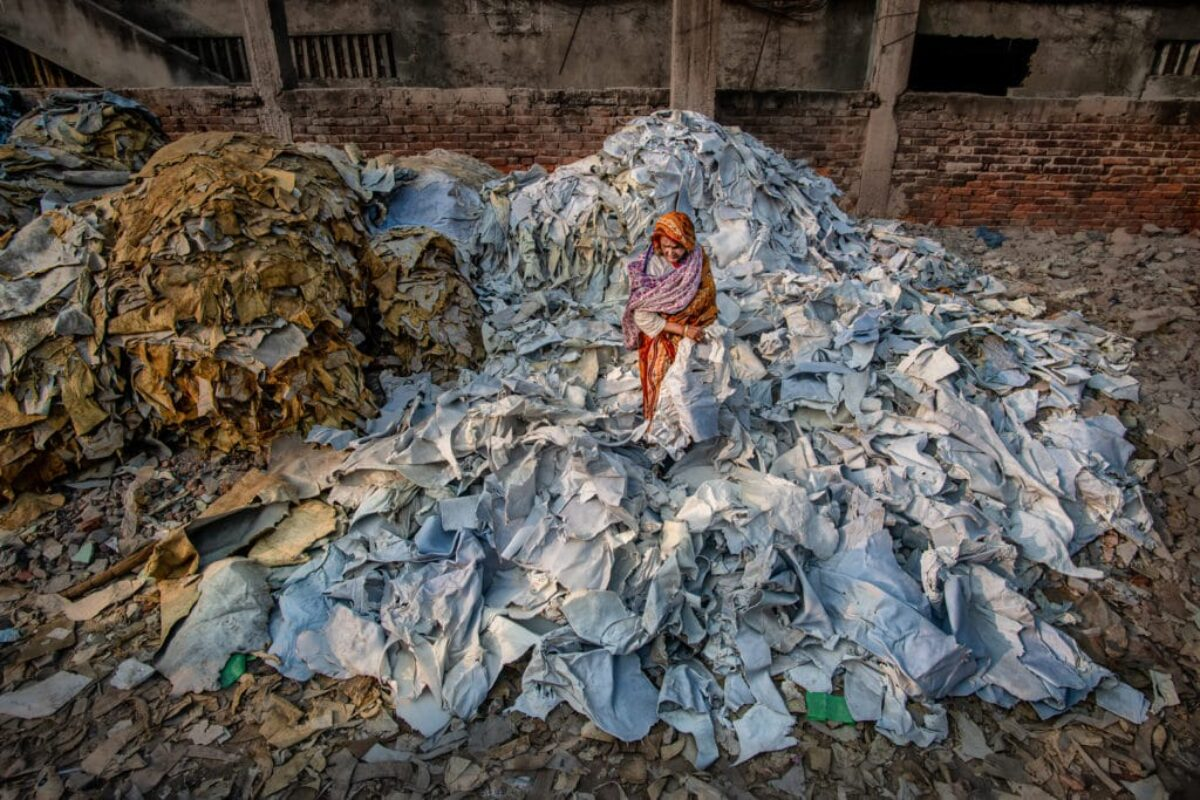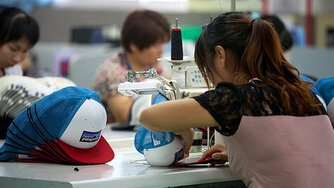Summary:
Sustainability is no longer optional. In 2025 the apparel & textile sector is under intensifying pressure to implement genuine sustainable manufacturing, traceability and circular-economy approaches.
For factories this means heavier investment, complex new processes, and often squeezed margins — especially for smaller facilities.

Key pain points:
● Cost of compliance: Switching to eco-friendly materials, scrap-reduction technologies, traceability systems cost money and time.
● Green-washing risks: Brands increasingly demand proof of sustainable practice — factories without verification risk losing orders.
● Operational complexity: A shift from linear production to circular, recycling, and low-waste manufacturing demands new workflows and staff training.
● Uncertain payback: While sustainability is important, the immediate revenue boost is limited. Many factories absorb cost without direct premium income.


Why this matters for you (designer perspective):
As a factory designer you are well placed to advocate for design for sustainability (e.g., modular garments, less waste cut patterns, recycled fabrics). Factories that support your design vision will have a competitive edge: brand clients are increasingly asking, “where and how was this made?”

Outlook & advice:
● Pitch factories into sustainable specialization (eco-line, recycled fabrics) and make it a selling point.
● Encourage factories to adopt traceability and certifications; those without will be behind.
● Work with factories to minimize changeovers, scrap, and adopt lean production so sustainability also becomes cost-saving.
● Monitor cost/benefit: sustainable investments should ideally reduce waste and improve efficiency over time.
Reference link: Taking Stock 2025: Roadmap to Net Zero (Jul 2025)
Post time: Oct-29-2025
